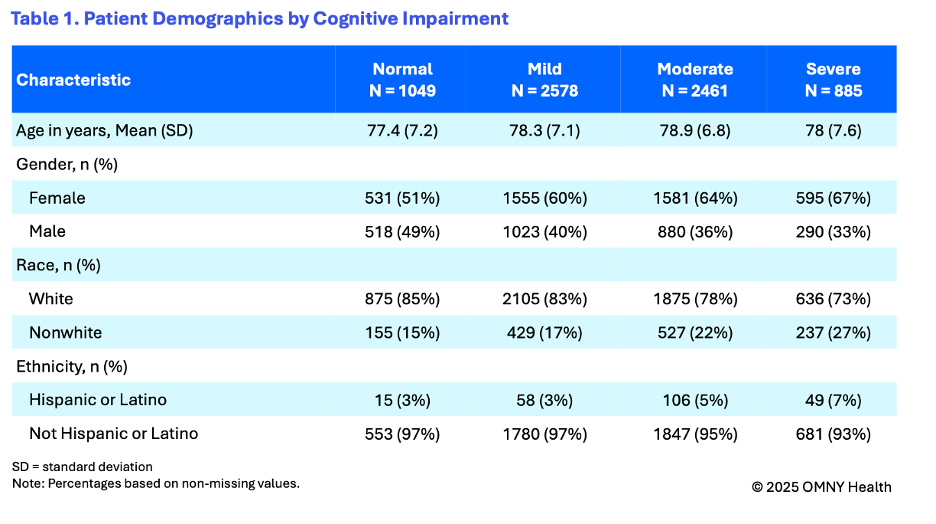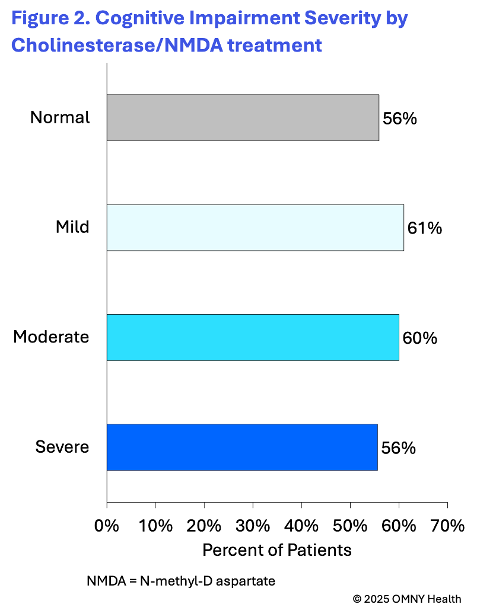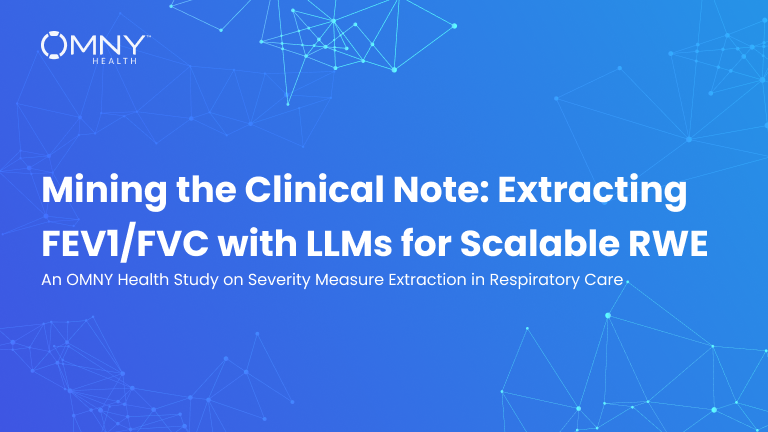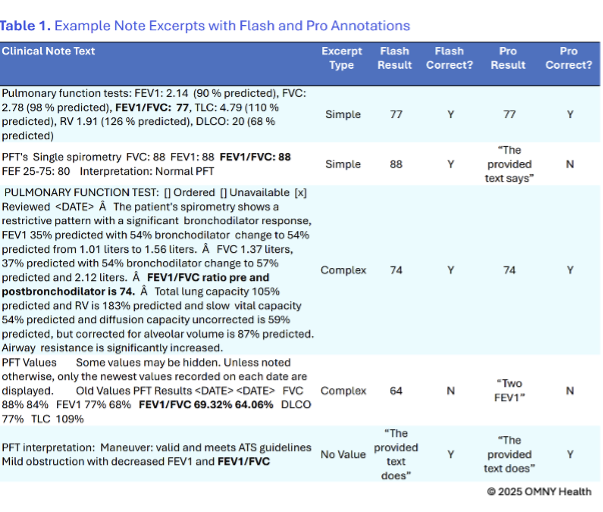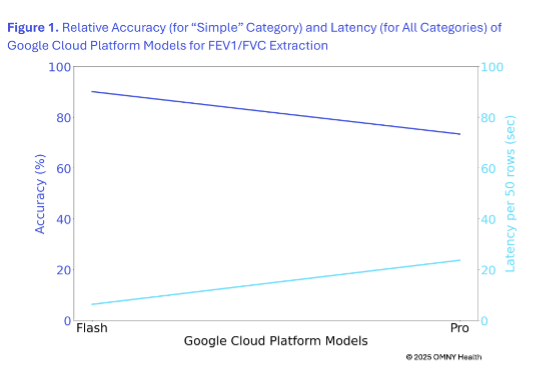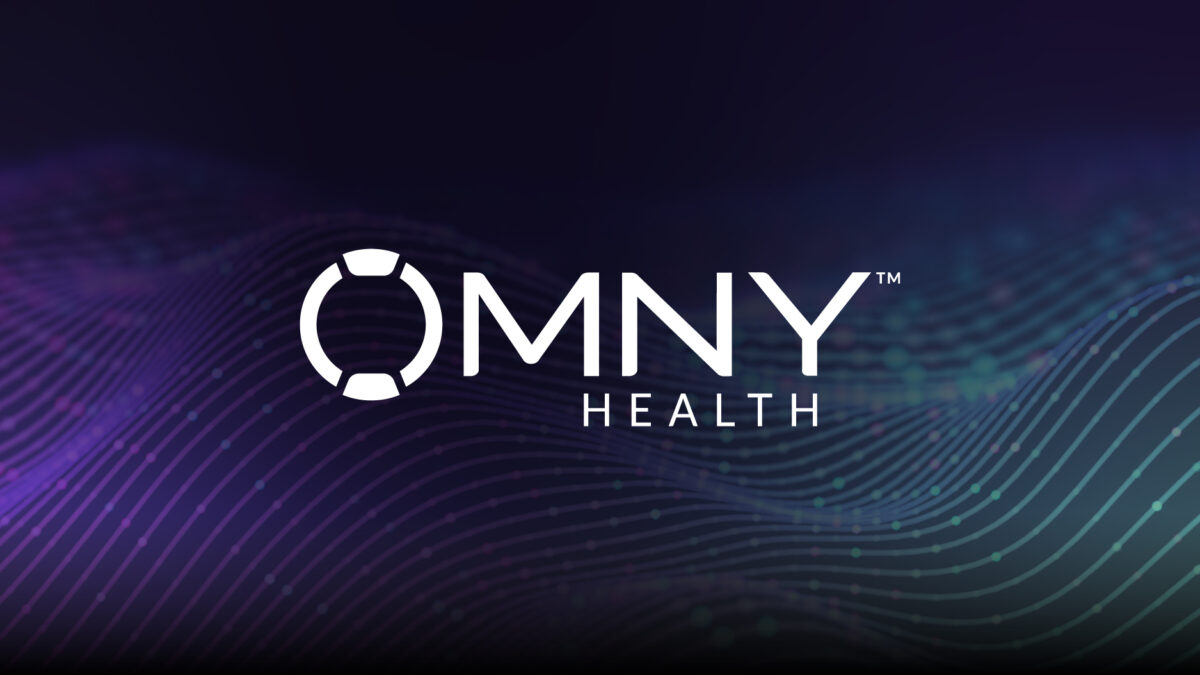Now in its 18th year, Venture Atlanta has helped launch 930 companies, raise more than $8 billion in funding, and achieve $20.8 billion in successful exits to date
ATLANTA – September 11th, 2025 – OMNY Health is proud to announce its selection as one of the Southeast’s most promising tech companies to present at Venture Atlanta 2025. The event, to be held October 15-16 at The Woodruff Arts Center and Atlanta Symphony Hall, brings together visionary startups and growth-stage companies with hundreds of the nation’s top-tier investors. As the Southeast’s premier platform for tech innovation, growth, and capital access, Venture Atlanta continues to be a launchpad for companies shaping the future.
Now in its 18th year, Venture Atlanta has helped launch over 930 companies, facilitating over $8 billion in funding and $20.8 billion in successful exits to date. This year, the event has expanded to include new founder pathways, curated networking, and procurement programming to attract over 1,600 attendees, including 450 investment funds from across the U.S.
“We are incredibly honored to be selected to present at Venture Atlanta 2025. This city has become a hub for health tech innovation, and Venture Atlanta is the premier platform where the future of the industry gets shaped. To be recognized among a peer group of such promising, high-growth companies is a testament to our team and the critical infrastructure we are building. We look forward to sharing how OMNY’s healthcare data ecosystem will fuel the next generation of life-changing innovation.”
As in previous years, Venture Atlanta 2025 is anticipated to be a sold-out event.
“Venture Atlanta is where companies come to get discovered,” said Venture Atlanta CEO Allyson Eman. “To be selected in a year as competitive as this one speaks volumes about the strength and potential of these startups. These companies didn’t just stand out—they’re poised to break out. With hundreds of investors in the room and a highly curated audience, the visibility companies get here often leads directly to the funding, partnerships, and momentum they need to thrive. We’re incredibly proud to help founders gain the exposure and support that accelerates their path to success.”
This year’s Venture Atlanta will once again bring together the Southeast’s most promising technology companies and the investors eager to discover them. With applications from across the region—including Alabama, Arkansas, Florida, Georgia, Kentucky, Louisiana, Maryland, North Carolina, South Carolina, Mississippi, Tennessee, Texas, Virginia, and Washington, D.C.—the 2025 conference offers a rare opportunity to see the region’s top innovators all in one place.
Venture Atlanta boasts a roster of highly successful alumni, including Bark, CallRail, Car360, Flock Safety, Florence Healthcare, ParkMobile, Salesloft, Kabbage, Bitcoin Depot, PrizePicks, Stax, SingleOps, Pindrop, Terminus, and many others.
To learn more about OMNY Health, visit www.omnyhealth.com. For additional information about Venture Atlanta, to register for the event, or to view the conference schedule, please visit www.ventureatlanta.org.
About Venture Atlanta
Venture Atlanta, the Southeast’s technology innovation event, is where the region’s most promising tech companies meet the country’s top-tier investors. As the Southeast’s largest investor showcase helping launch 930 companies and raise over $8 billion in funding to date, the event connects the region’s top entrepreneurs with local and national investors and others in the technology ecosystem who can help them raise the capital they need to grow their businesses. The annual nonprofit event is a collaboration of the Atlanta CEO Council, Metro Atlanta Chamber, and the Technology Association of Georgia (TAG). For more information, visit www.ventureatlanta.org. For updates, follow us on Twitter and LinkedIn, and visit our blog.
About OMNY Health
OMNY Health™ is the leading healthcare ecosystem for compliant real-world data insights at scale. OMNY Health connects patients, providers, and life sciences companies by transforming vast amounts of de-identified electronic health record data, clinical notes, and claims data into robust, research-ready insights. Leveraging proprietary AI, NLP, and LLM technologies, OMNY Health accelerates therapeutic innovation, optimizes clinical development, and enhances patient care. For more information, visit www.omnyhealth.com.

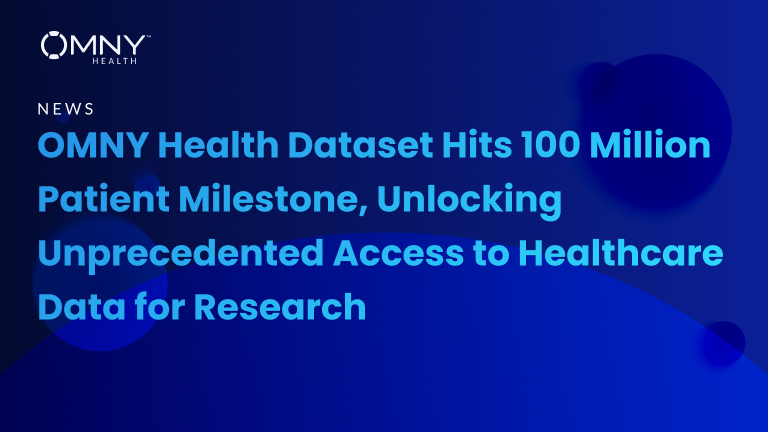
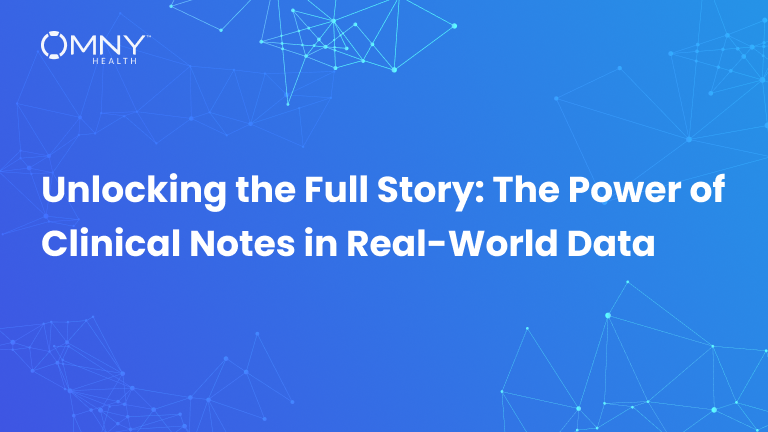
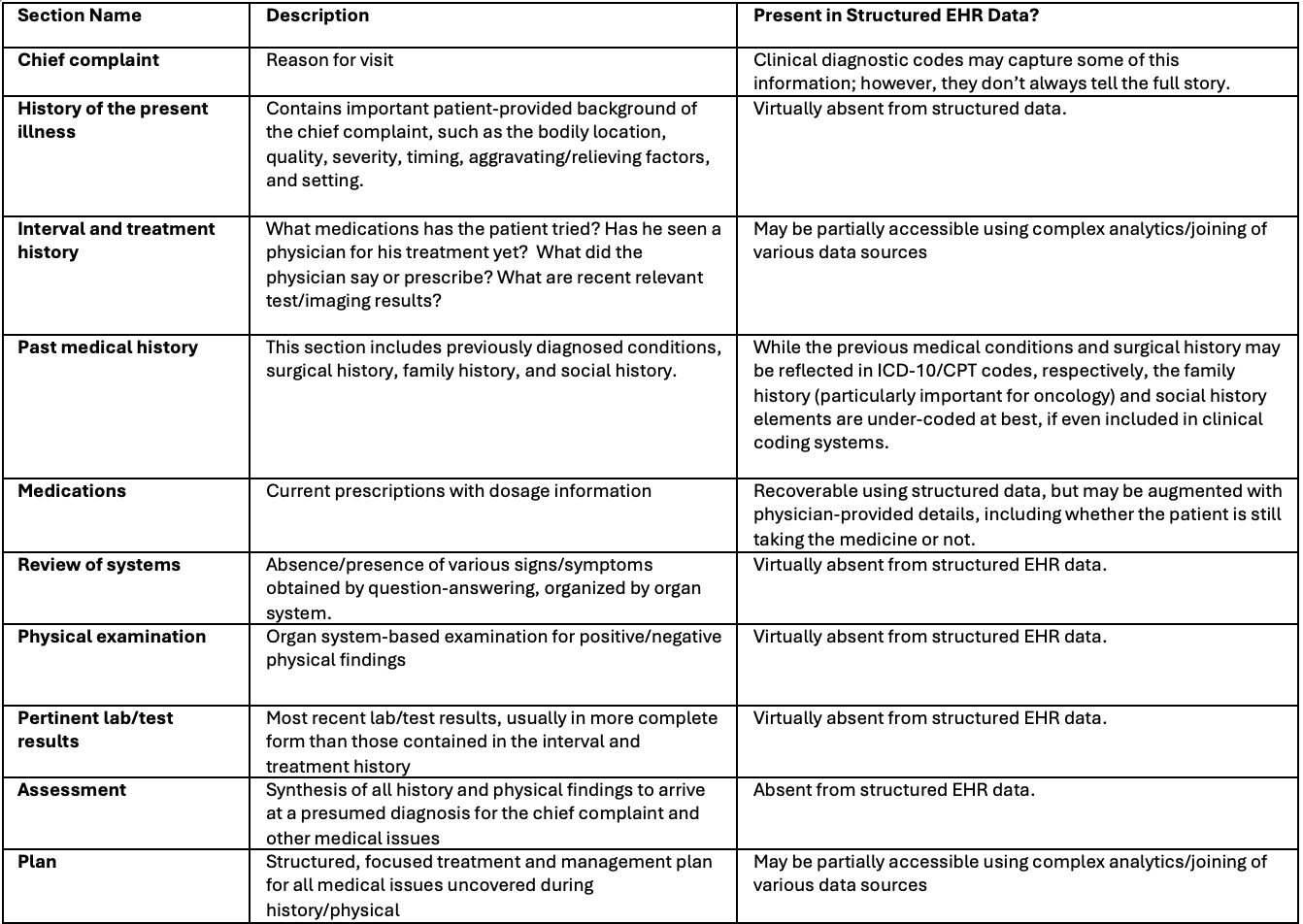
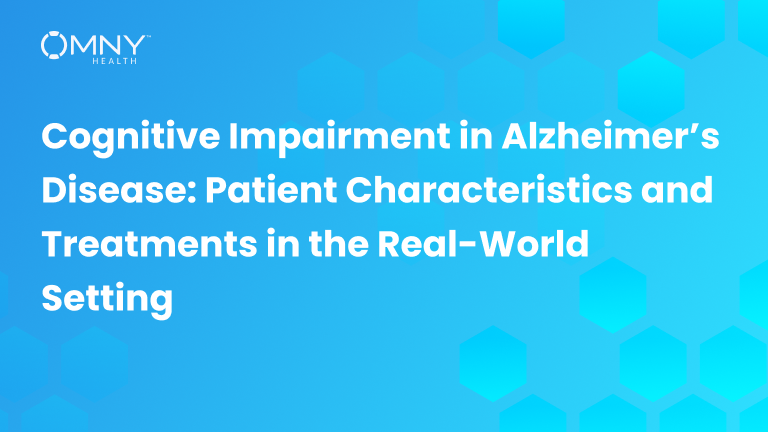
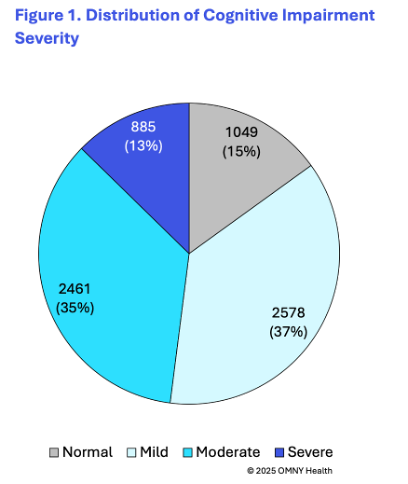 The findings provide insight into the cognitive state of patients as they are first observed within the health system and receiving a diagnosis of Alzheimer’s disease. On average patients were 78 years of age at the time of their first observed diagnosis. Following the first observed diagnosis of Alzheimer’s, patients were categorized into four groups based on their first reported cognitive scores: normal, mild, moderate, and severe.
The findings provide insight into the cognitive state of patients as they are first observed within the health system and receiving a diagnosis of Alzheimer’s disease. On average patients were 78 years of age at the time of their first observed diagnosis. Following the first observed diagnosis of Alzheimer’s, patients were categorized into four groups based on their first reported cognitive scores: normal, mild, moderate, and severe. 